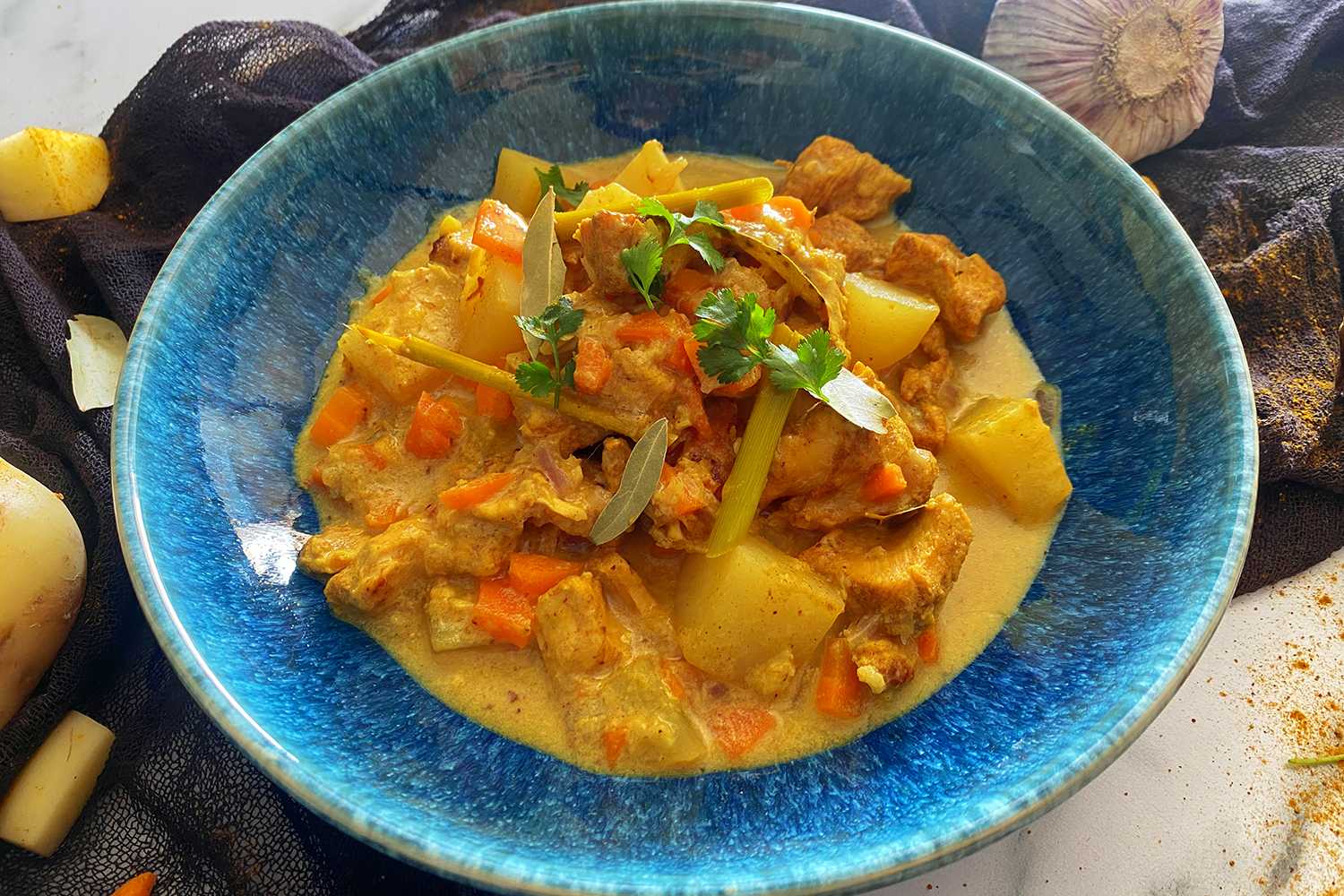In today's digital age, a food website's design is just as crucial as the recipes and culinary content it offers. The visual appeal and user interface can enhance the overall experience, making users crave the dishes featured on the screen. Whether you're a food blogger, a professional chef, or a food enthusiast looking to launch your site, drawing inspiration from beautifully designed food websites is essential. Here, we explore some of the best food website like
corriecooks.com that designs for sure to make your mouth water and inspire your next digital culinary adventure.
Minimalist Magic
Minimalism is a common web design in the food industry. By remaining lean and minimal, the designer gives the dish's graphics precedence making them take center stage. The white empty spaces keep the web appealing with the meal images having a clear view attracting visitors and viewers. Such designs use neutral colors giving the food colors to pop and attract the viewers.
Vibrant and Visual
Opposite to the minimalism approach, the vibrant and visual design uses high colors and designs that set the web warm. However, this requires the designer to be creative as an overuse of bright colors and overcrowd the web space.
Interactive Features
Interactive designs do not make the websites only attractive but also easy to navigate. The interactive features like the hover effects make it fun to navigate the website. It attracts the viewers to the web and encourages them to continue navigating. For instance, the use of a
collapsible feature can make the user focus on one page or section at a time.
Use of Typography
Topography is a crucial design feature that must be done well in all web designs. Choosing the right type of font styles and the formats of the font goes a long way in attracting viewers to the site. For example, using bold fonts for the titles of the recipes can attract viewers to the site.
User-Friendly Navigation
Like any other website, developing a user-friendly web is crucial. Difficult web designs that are not easily interactive and non-responsive shun the viewers and visitors away. However, developing a web that makes it easier for the user to navigate with ease improves the time spent on the web and increases chances for conversion.
Mobile Optimization
Making a web that is accessible with mobile phones is key. With the increasing number of users accessing websites using mobile phones, having an interactive website with a mobile-friendly design is non-negotiable. Most of the users of food websites would not find a computer to do that. Accessing the web using a phone attracts users knowing that they are only a tap away from the recipes using their phones.
For those looking to create a food website that stands out, these design tips can serve as valuable inspiration. A great example of a well-designed food site where you’ll find a perfect blend of beautiful visuals, easy-to-follow recipes, and
user-friendly navigation that makes cooking fun and accessible. By prioritizing aesthetics, functionality, and user experience, you can create a food website that not only looks good but also keeps users coming back for more.
